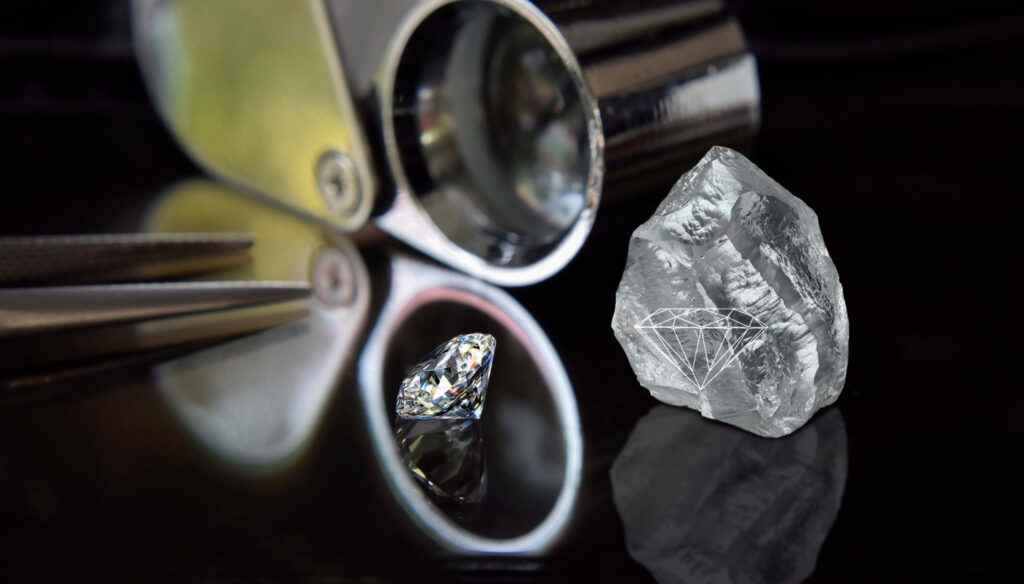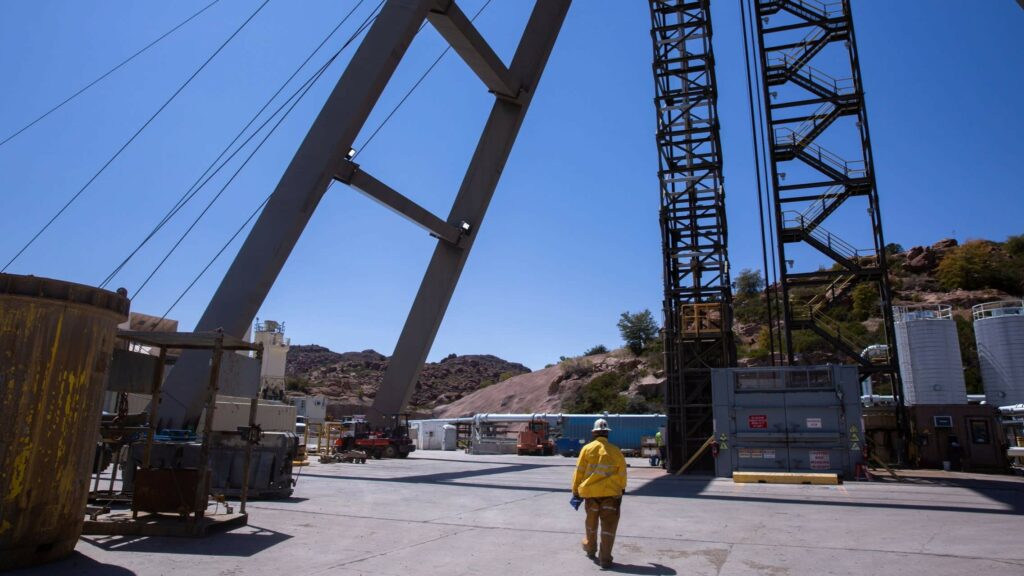In a surprising twist for the luxury market, diamond prices have plummeted by 5.9% this year, causing concern among industry professionals. The drop, reported by the Zimnisky Global Rough Diamond Price Index, has sparked warnings from experts about the future of the diamond industry.
“The diamond industry is in trouble,” stated Ankur Daga, founder and CEO of the e-commerce jewelry company Angara, in an interview with CNBC. Daga predicts that natural diamond prices could fall by another 15% to 20% in the next year, painting a bleak picture for the market.
This year has been particularly challenging for De Beers, the world’s largest diamond producer by value, known for coining the iconic slogan, “Diamonds are forever.” The company experienced its worst performance in two decades, leading its parent company, Anglo American, to announce plans to divest and demerge from De Beers. Although Anglo American provided limited details on the strategic benefits of this move, CEO Duncan Wanblad acknowledged the company’s difficulties.

“De Beers is a great set of assets and it’s a great business,” Wanblad said during a media call in May. “It is sitting at the bottom of a cycle. That cycle is more macroeconomic than fundamental.”
The diamond market has faced a rapid decline since the COVID-19 pandemic. Initially, consumers stuck at home boosted online luxury item sales, including diamonds. However, as the pandemic subsided, so did the demand for these gems. Additionally, changing social trends, such as a decline in marriage rates among Gen Z, have reduced the need for traditional diamond engagement rings. Consumers are now favoring experiences over luxury goods. Daga highlighted the rise of lab-grown diamonds as a major factor in the industry’s current crisis.
Are Synthetic Diamonds the Cause of The Price Collapse?
Lab-grown diamonds, produced in high-pressure environments, offer a cost-effective alternative to mined diamonds, being 60% to 85% cheaper. This affordability has attracted the attention of younger consumers, who are also more conscious of the environmental and ethical issues associated with the mining industry and diamond mining. While the technology for creating lab-grown diamonds has been around since the 1950s, recent advancements have significantly reduced production times.

As a result, lab-grown diamonds have gained market share rapidly. According to industry analyst Edahn Golan, 13.5% of diamond jewelry sold in the U.S. now contains lab-grown stones. Daga expects that half of the engagement rings sold in the U.S. this year will feature lab-grown diamonds.
The shift towards lab-grown diamonds, combined with an overall industry slowdown, has significantly impacted companies like De Beers. Despite selling synthetic diamonds through its Lightbox brand, De Beers had to cut prices by over 40% last September and another 10% at the beginning of this year due to declining demand.
In response to these challenges, De Beers is restructuring its strategy. The company plans to phase out its lab-grown diamond venture and refocus on mined diamonds, given that the wholesale price of synthetic diamonds has dropped below production costs.
“We know how to do it and we’re coming back,” said De Beers CEO Al Cook in an interview. “All of this comes together under a big theme of differentiating natural diamonds from lab-grown.”

De Beers will continue to sell its Lightbox diamonds until inventory runs out, expected to be within a year. Cook believes that the decreasing costs of lab-grown diamonds will eventually diminish their appeal, associating them with lower quality. Meanwhile, De Beers aims to attract consumers seeking exclusivity and restore its market prestige.
“We will create value as brilliant as our diamonds,” Cook asserted.
As the diamond industry navigates these challenging times, its future remains uncertain. The ongoing efforts to adapt and redefine value may ultimately determine the industry’s ability to recover and shine once more.







